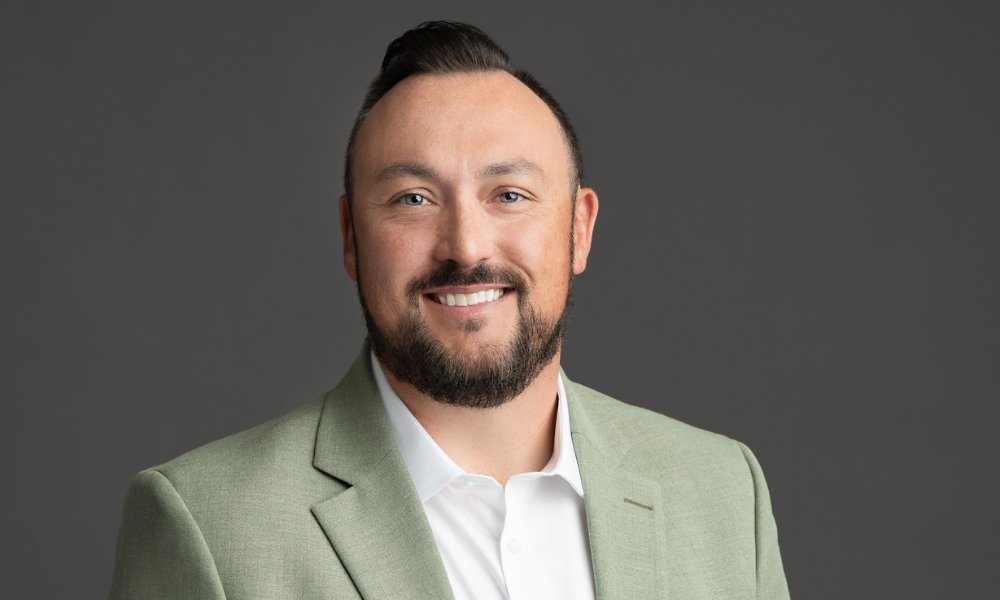Evan Inglis explains how adherence to subjects where he can add value to a conversation has kept away the bot traffic

A few weeks ago, Sam Altman the CEO of OpenAI, posted on the social media platform X (formerly Twitter) “i never took the dead internet theory that seriously but it seems like there are really a lot of LLM-run twitter accounts now.” The replies were a flurry of memes, jokingly blaming Altman for the phenomenon, and posts either written by bots or cleverly crafted to resemble bot engagement, with its fawning tone and grammatical quirks. In making that post, the tech CEO remarked on an increasingly observed trend on social media that bots are growing as a per centage of posters, commenters, and users overall.
That idea, termed the “dead internet theory” supposes that the vast majority of what we see on social media is actually conversations between different bot accounts. The explosion of generative AI and AI bot accounts on social media has only given this theory more weight, creating a new warren of challenges for professionals to navigate as they leverage social media for their own careers.
Evan Inglis has been leveraging social media for his advisory practice since June of 2025. The Executive Financial Consultant at IG Wealth Management, who had deleted all his personal social media accounts in early 2021, is now posting studio-crafted podcast and short-form video content focused on financial planning and industry insights. He explained how a disciplined and goal-oriented social media strategy has resulted in limited bot engagement and the ability to reach the real human beings still out there on the internet.
“In the posting that we're doing, in the engagement that we have, I can tell very easily where it's coming from,” Inglis says. “They're not people that are unknown to me. They're people who are connected with other people. They're people who I can look at and say, oh, okay, I see where this person came from. I understand where they've been connected with us. I understand what they've seen and why they've decided to follow us.”
Inglis notes that one of the first ways he can usually identify a bot is if an account tries to sell him on a product or a service. He looks out for that kind of behaviour when he assesses the comments and engagement his own content generates. He also watches for the signs of a genuine conversation between users, flagging areas where he thinks those conversations lack a human element.
For advisors trying to use social media to grow their practices, Inglis notes that the call of bot traffic and engagement can be tempting, but that in his view it proves to be less valuable. He’s all for using AI to refine a video script or check grammar, but he notes that for an advisor the kind of boost that AI and bot engagement might give you is little more than cosmetic and won’t drive meaningful brand recognition.
That brand recognition is Inglis’ goal on social media. He explains that he doesn’t post to convert leads, he doesn’t have a click funnel, and he doesn’t include calls to action in his content. He has 15 years’ experience in the industry and wants to articulate his experience and views on social media with the goal of raising the profile of his professional brand and creating an element of personal connection between himself and users on the platform. That specific goal means he often doesn’t join the conversations that most of the bots are engaging on.
When the Coldplay concert CEO story broke this summer, LinkedIn was flooded with posts from professionals of all different stripes, each trying to connect that big story to their niche area of expertise. Inglis steered right clear, noting that there was very little in that story that could be connected to financial advice. When National Bank completed their acquisition of Canadian Western Bank, however, and the deal impacted a high-yielding short-term account, Inglis was ready to weigh in on that story. It’s an area where he thought his point of view could add value, and so he spoke to it. Interested people could engage with him on that piece while the bots talked about Coldplay.
Maintaining that disciplined approach isn’t always easy. Social media comes with dopamine hits as likes and comments spur a part of our pleasure-seeking brains. Inglis counteracts that by focusing, as any advisor would, on his long-term goals. He isn’t trying to get 2,000 likes on one post, he’s trying to build a meaningful presence. That means he’s happy to play the social media game slow and steady. As he builds that presence, he’s staying vigilant against the bots that might dilute it.
“I know who I'm targeting with social media. I know who I want to see what it is I'm doing, and if all of a sudden there's this influx of bots then I’ll block and delete,” Inglis says. “It’s no different than how I protect against a scam phone call or a text message that says, ‘I've got a job offer for you.’ There's a huge proliferation of this stuff, but if I'm going to have a social media profile, if I'm going to have a public presence, I would want anybody who sees that to know that it's me, it's not AI.”



